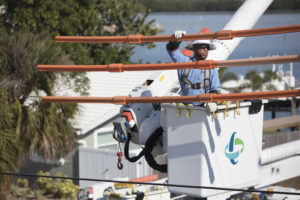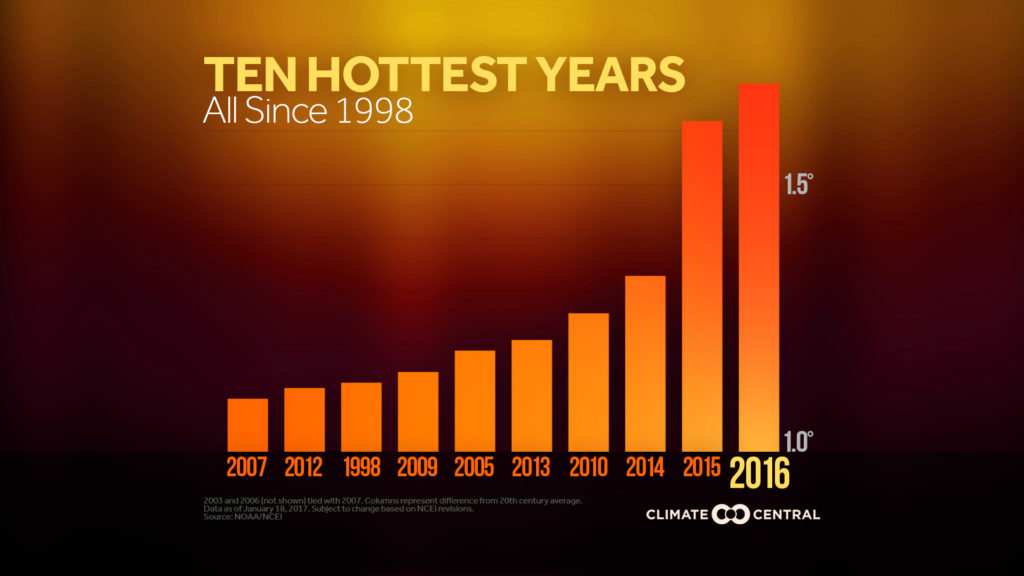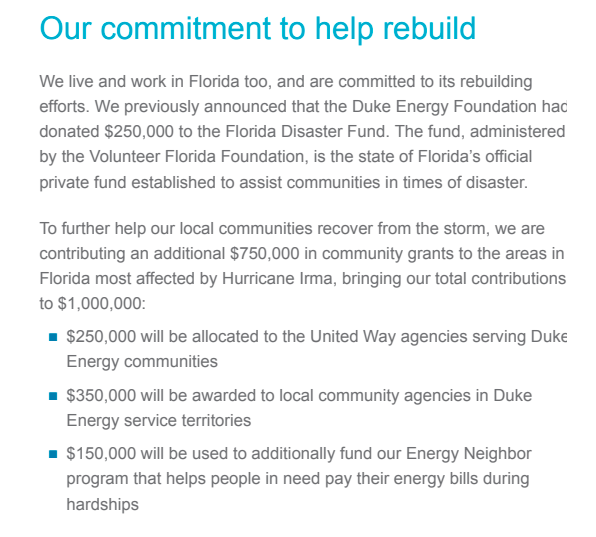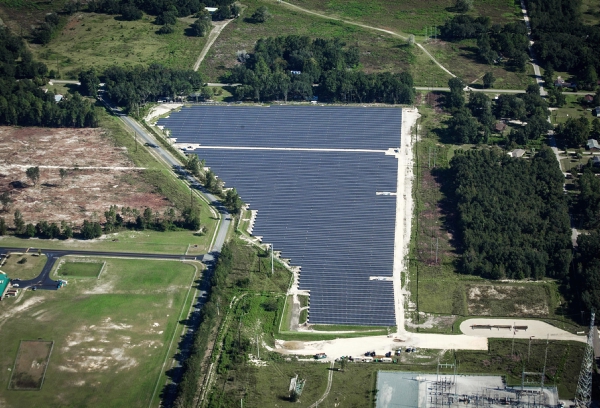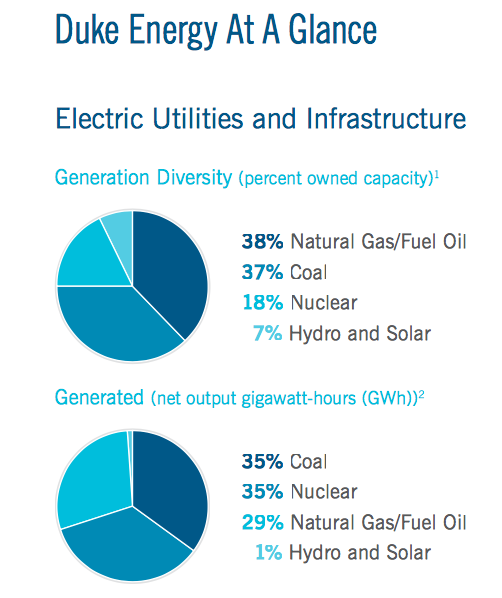[Insert optional subhead]
Photos and story by Eillin Delapaz
- PETERSBURG – “What do community gardens need? Why isn’t the Bartlett Community Garden as well as all other community gardens in the city [at] the center of fellowship, education, connectivity, community? Because we need to recruit those very same entities to be a part of it,” panelist Adrian Taylor said at the Et. Cultura SEEDS themed event at the Morean Center for Clay Nov. 16, 2017.
Community, support and involvement were all recurring themes at SEEDS. To an extent, the planning of SEEDS severely lacked this sort of connectivity and recruitment. This was prominently revealed in the lack of attendance, especially from the local communities of South St Petersburg.
SEEDS revolved around the sustainable growth of urban agriculture in St. Petersburg. The Urban Ag Revolution session involved three speakers: Shannon O’Malley, the co-founder of Brick Street Farms; Janet Keeler, an instructor and writer from the University of South Florida St. Petersburg; and Adrian Taylor, manager of Bartlett Park Community Garden.
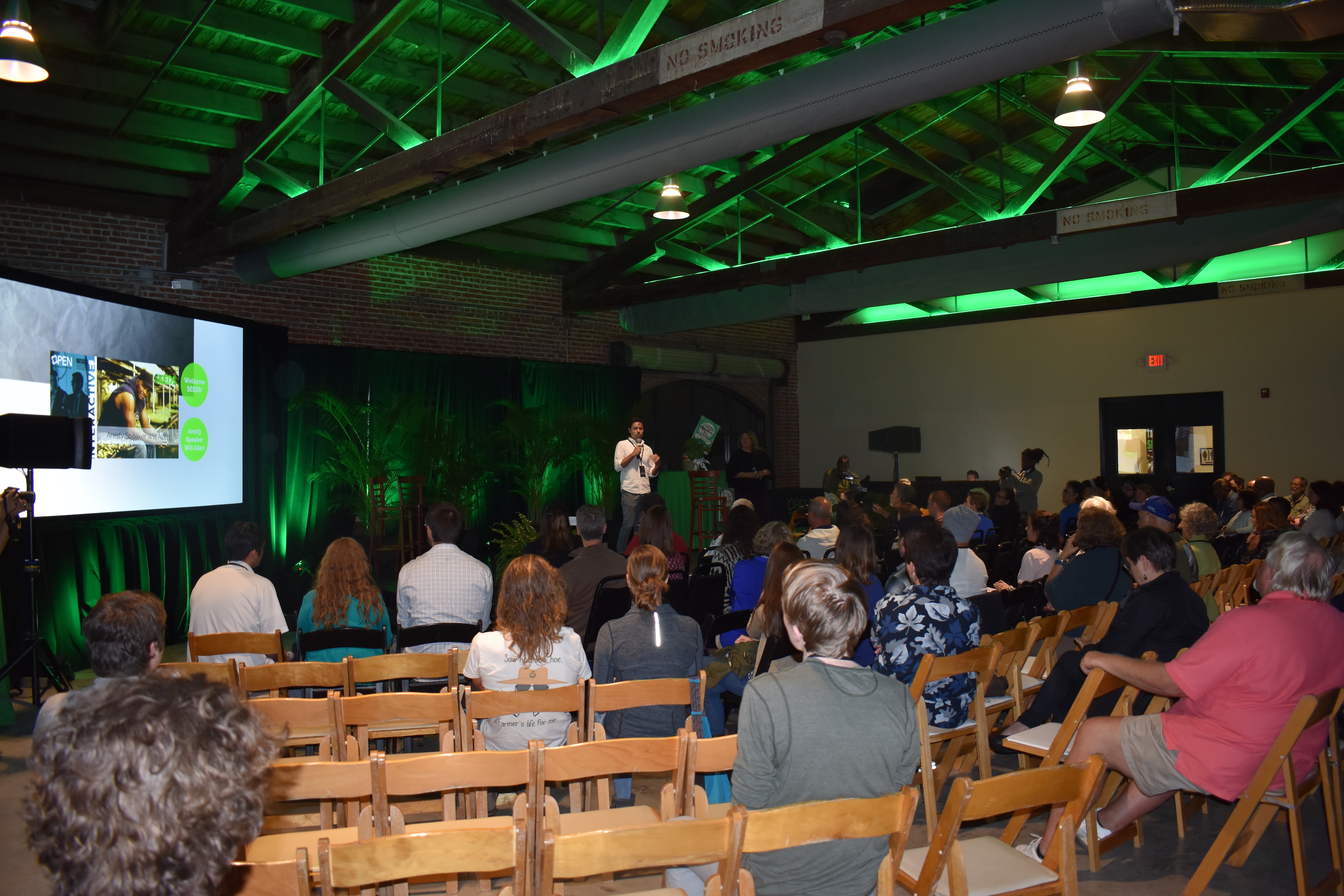
Walter Balser, Director of OPEN Partnership Education Network speaking at the SEEDS themed Et. Cultura event Nov. 16, 2017.
O’Malley and Taylor spoke about their food growing experience, the hurdles they’ve crossed and how they have ultimately become successful urban growers. Due to St. Petersburg’s lack of local food production, they both expressed the importance of urban agriculture and the conversion to eco-friendly sustainable practices as an outlet.
“Community gardens are a wonderful niche in order to solve a mass problem in a refuted city. You have to figure out how to produce more with the same or less resources,” said O’Malley. “So that’s the problem Brick Street is looking to solve. Roughly six acres and three shipping containers every five weeks, now that’s mass production,” O’Malley said during her presentation.
Both farms are well respected for their positive and integral roles in the community. Brick Street Farms was established in 2016 and is a boutique, climate-controlled, hydroponic farm that uses innovative technology to grow food vertically and more sustainably inside upcycled shipping containers.
On the other hand, The Bartlett Community Garden represents more traditional farming practices such as outdoor garden beds, water from a well and greenhouse compost bins. The garden was established in 2008 and since then it has been kept up with by community members.
“Each community garden needs cross-sector involvement because then we get cross-sector intellect, then we get cross-sector perspective,” Taylor said.
So, who benefits from SEEDS?
After speaking with Mr. Brayboy from Chef Creole’s restaurant, it was clear to see that there wasn’t much marketing of the event in the Midtown area from the residents’ perspective.
“I had some flyers in my restaurant, but they were not very clear. They were a little confusing,” Brayboy said.
OPEN Partnership Education Network, the organizers of SEEDS, communicated with Deuces Live preceding the event. Deuces Live is a nonprofit organization in South St. Petersburg working with business associations in the community to preserve the historic African-American culture.

Guests at the 2017 Et. Cultura SEEDS event viewing photos while learning about other successful urban gardens and farms across the globe.
“The SEEDS people wanted to involve the community, and I communicate that the Deuces Live is not the only organization in the African-American community. You can’t come to the Deuces and say “I want to involve the community,” it’s much more multifaceted than that,” said Deuces Live program manager, Veatrice Farrell.
Part of Farrell’s role consisted of encouraging necessary outreach and connection between OPEN and the people of Midtown. She attended a couple of meetings and made some suggestions to include the community, but the attendance of the event showed that the effort fell short.
The session was one of few that were free and open to the public. Yet, it could not have even been considered a full house with attendance around 50 people in comparison to the roughly 100 available seats. The audience mainly consisted of other like-minded Sustainable Urban Agriculture Coalition members, entrepreneurs who want to promote their already established farms/gardens and entrepreneurs seeking direction in the business.
The African-American community of South St. Petersburg was nearly nonexistent at SEEDS. After the event, the Neighborhood News Bureau contacted Walter Balser, director of OPEN, to better understand who was really supposed to benefit from the event. In response, he said, “It’s so multifaceted, you can say that the ultimate end user might be people that are not even getting access to sustainable healthy food, but I would say that at this juncture, the primary beneficiaries are these key leaders in the community.”
Those not getting access to sustainable healthy foods include the residents of Midtown.
John Muhammad, director of Child’s Park Neighborhood Association, learned about the event through social media. It was not until the week of the event that he was contacted about setting up a table at the SEEDS event – which only happened when a mutual connection mentioned the association’s involvement.
Adam Gyson, director of the Historic Roser Park Neighborhood Association, also denied any contact for involvement stating that none of the association members had been contacted by the SEEDS group. The same goes for the Historic Kenwood and Methodist Town Neighborhood Associations.
Bernice Darling, director of the Lake Maggiore Shores Neighborhood Association, did not know about the SEEDS event before the Neighborhood News Bureau contacted her.
“I Googled Et. Cultura SEEDS Sustainable Healthy Food Systems and Urban Agriculture aforementioned event and realized that perhaps I missed a wonderful opportunity to participate,” Darling said.
The idea behind SEEDS is a positive and influential message critical for St. Petersburg’s possible sustainable and urban agriculture future. Unfortunately, the promotion and communication efforts were insufficient in the southside neighborhoods. Without their attendance to learn and benefit from the conversations, the main initiative may have fallen short.
Edited by Kayla Jensen
